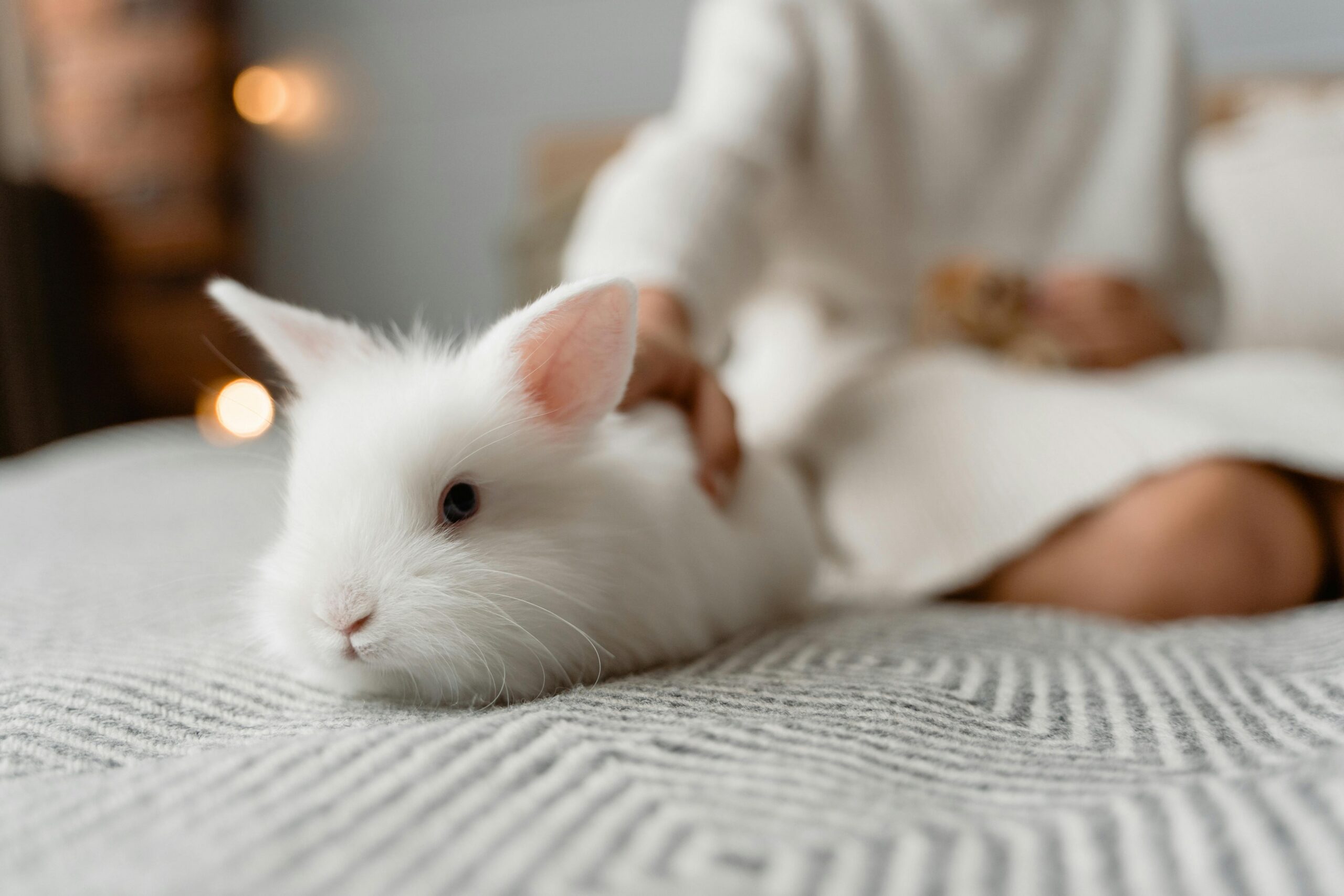Pet Insurance Trends: Market Growth, Rising Costs, and AI-Driven Solutions


Many Group, owner of ManyPets, reported its first profit since launching in 2017, posting £6.25m for the year ending March 2025, a turnaround from a £33m loss the previous year. Revenue rose to £62m with Gross Written Premiums of £232m, while the loss ratio improved from 78% to 70% due to better pricing and operational efficiency. The company credits its profitability to AI-driven claims processing, proprietary technology, and a customer-focused, lean structure. CEO Luisa Barile highlighted the role of a strengthened senior leadership team and ongoing innovation in supporting sustainable growth. Many Group plans to invest further in marketing and product development to drive its next growth phase.
A family faced a $30,000 veterinary bill after their kitten required two surgeries for kidney failure, highlighting the rising cost of pet care. Veterinary advisor Dr. Rebecca Greenstein notes that emergency surgeries are increasingly expensive, making pet insurance essential for many owners, especially when pets are young and healthy. Typical coverage averages $23 per month for cats, offering financial protection against unexpected medical costs. Experts also recommend preventive care, second opinions for elective procedures, and maintaining a healthy lifestyle for pets. The family advises other owners to secure insurance early to avoid similar financial strain.
Canada’s pet insurance market remains small despite high pet ownership and rising veterinary costs, with only 3.8% of pets insured—far behind Sweden’s 91% and the UK’s 25%. Structural barriers, such as complex policies, exclusions for pre-existing conditions, and limited product choice, contribute to low adoption, even as many owners cannot cover unexpected veterinary expenses. The market is concentrated, with Trupanion, Petsecure, and Desjardins holding over 80% of premiums, but is growing rapidly, with gross written premiums expected to reach C$470 million in 2025. Dogs account for about 70% of insured pets, and uptake is strongest among urban, younger owners of purebreds. Future growth will rely on simpler products, wider availability, and digital-first, AI-driven solutions that improve claims processing and customer value.